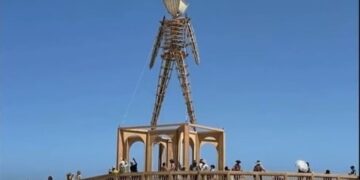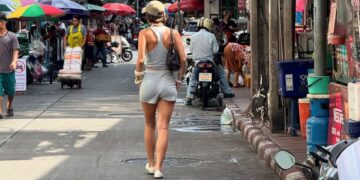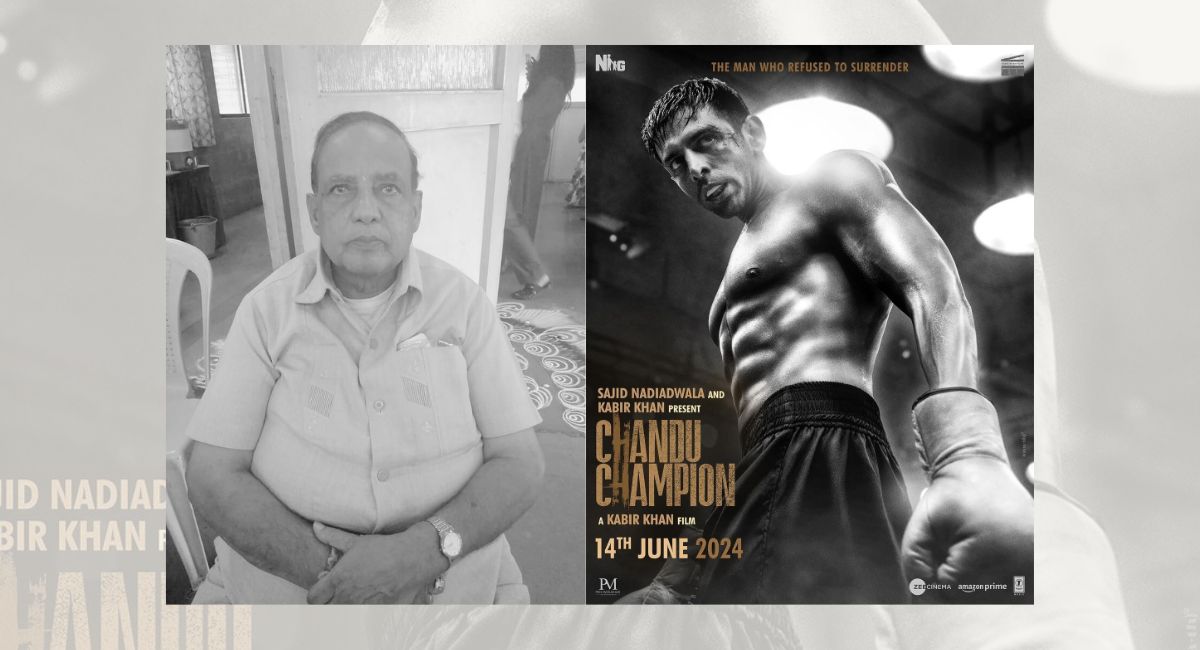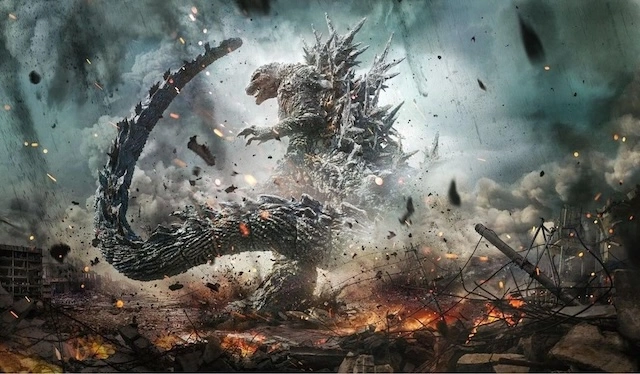The Supreme Court questioned the National Highways Authority of India (NHAI) on Thursday for continuing to collect tolls from the public at the Paliyekkara toll plaza in Kerala, despite unfinished construction and heavy traffic. [National Highways Authority of India and Anr. vs. OJ Janeesh and Ors.]
NHAI’s challenge to a Kerala High Court ruling that banned toll collection at the Thrissur district plaza on National Highway 544 for four weeks, alleging poor road conditions and traffic congestion, was being heard by a bench of Chief Justice of India (CJI) BR Gavai and Justice K Vinod Chandran.
The Court observed that since February of this year, the High Court had been urging NHAI to take corrective action, but that no meaningful response had been received. According to CJI Gavai, the public’s suffering should be addressed instead of authorities and contractors suing each other.
Speaking on the road’s condition, CJI Gavai stated that he had driven the section and deemed it to be in an inadequate state.
“You take the toll from people and don’t provide the services.”
The CJI stated
Congestion was made worse by the lack of maintenance on the highway’s service roads, Justice Chandran noted. The concessionaire’s attorney argued that the accident-prone “black spots” under construction were never within their contractual scope in response to Solicitor General Tushar Mehta, who was representing NHAI, saying that maintenance was the concessionaire’s obligation.
The concessionaire’s stance was explained by the attorney, who stated that the NHAI was responsible for the five detected black spots and that the concessionaire had been maintaining the roadway as part of their end of the bargain.
The concessionaire had also filed a plea, which SG Mehta said the court would consider on Monday. However, he stated that NHAI was worried since the High Court’s ruling would permit the concessionaire to sue the authority for losses.
He maintained that blind-spot crossings had developed after construction, necessitating underpasses or overpasses, and that the contested segment was barely 2.85 kilometres of a 65-kilometre route.
The explanation did not convince CJI Gavai.
“That you should have done at the planning stage itself. Before completing the road, you start collecting the toll,” the CJI stated.
Justice Chandran pointed out that none of the crossings were close to the toll plaza and that the true issue was a bottleneck that even blocked ambulances from passing. Mehta responded that the crossroads were not originally included in the plan. He claimed that rather than pursuing the matter further, the High Court had given NHAI four weeks to find a solution.
Mehta claimed that traffic was only on service roads utilised for ongoing intersection construction and that the highway itself was complete and operational.
“Why should citizens be put under the yardstick?”
the CJI said
According to Justice Chandran, the concessionaire was only expected to maintain the toll area because traffic in such regions was remote from the toll booth.
The CJI reaffirmed that arbitration, not the expense of other road users, should be used to settle disagreements between the concessionaire and the NHAI.
Additionally, Justice Chandran mentioned stories of a man who was unable to get to his father-in-law’s burial because of traffic on the service roads.





















































